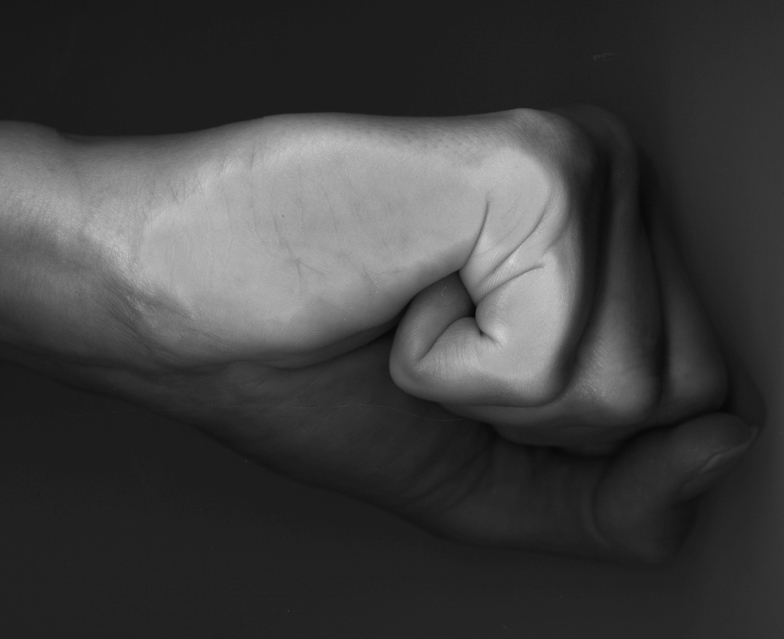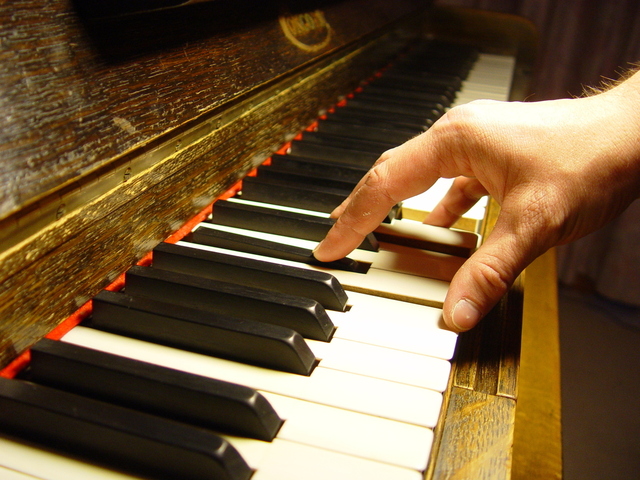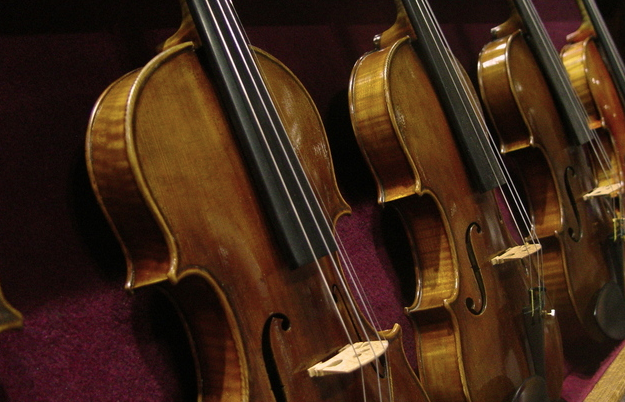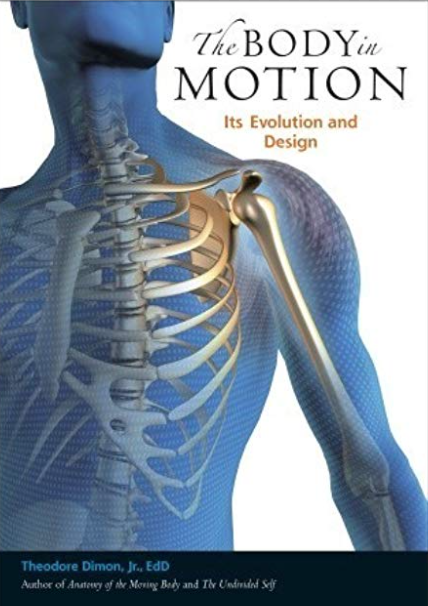
On the first day of the semester in each of my classes at the performing arts college where I teach the Alexander Technique, I often ask this “trick” question:
“Is it possible to perform (music, acting, dance, etc.) free of tension?”
Typically, the majority of the class answers with a resounding “yes” (as they’ve come to believe that’s what they want, that’s why they’re taking my class).
But the answer to this question is simple: No.
It is impossible to move, maintain balance, breathe, or otherwise function on even the most basic level without some sort of muscular tension. This is not a matter of “opinion”. It’s a matter of fact. It’s part of our human design.
Even when you’re feeling completely “relaxed” there is a certain, necessary amount of postural tone in your body to help you counter gravity (even when you’re lying down.)
So why do so many of these students, themselves aspiring performing artists, answer “yes” to this question?
It’s simple. They think that “tension” is their enemy.
They think that all the problems they have with their movement, posture, breathing, voice, etc., would simply vanish if they could somehow eliminate “all the tension” in their bodies.
But it’s not as simple as that.
It’s not a matter of being “free of tension”, but rather, of recognizing and preventing what I call misdirected effort. It is this “misdirected effort” that is too often perceived and labeled generically as “tension”.
It is this misdirected effort that makes playing music (or engaging in any kind of performance activity) seem “difficult”, “tense”, “stiff”, “stuck”, “rigid”, “unnatural”, “labored”, “self conscious”, “unsure”, “unsatisfactory”, etc.
Okay, so what’s the problem trying to avoid any kind of “tension” when playing your instrument?
The most fundamental problem is that doing so can make you reluctant to sense and accept even the well-directed muscular effort that is necessary to play your instrument.
So as a musician, what might “misdirected effort” be for you?
I’d say it’s anything that you do habitually as you play your instrument that is not only unnecessary to the act of playing that instrument, but also interferes with your natural coordination and your skill.
It is working against the reality of your human design, rather than working in harmony with it.
Let’s look at this example of a fairly common habitual pattern of misdirected effort you might have if you were a pianist:
Whenever you move up or down the keyboard playing a rapid and/or powerful passage, you narrow and raise your shoulders while pulling your head down into your spine.
Now, you might still be able to play just fine doing that, but not because of what you do. That pattern of “effort” (raising/narrowing your shoulders, etc.) doesn’t help you to carry out your wish to play the passage.
In fact, all this misdirected effort in your head/neck/shoulders has a tendency to be an obstacle to the freedom necessary in your arms and hands to play the passage skillfully and expressively.
So in this case, you’re able to play the passage despite doing that (your habitual pattern of misdirected effort), not because of it.
But no matter which instrument you choose, the more you recognize and prevent patterns of misdirected effort, the easier it gets to play that instrument. (Not to mention safer, more consistent and more satisfying!)
So you can observe yourself with this simple question: “What am I doing that is not necessary to the act of playing my instrument in this moment?”
This question (simple as it is) is something that should never be answered definitively. and completely Rather, it is a way for you to explore and discover continual improvement and growth as a musician.
After all, something that seems “necessary” today might not seem so necessary after some days of exploration. Calling what you do into question as you practice is not that same as “doubting” yourself or your technique. It’s just a tool to open up possibilities.
Another good question to ask as you explore and call into question something that might seem like an habitual pattern of misdirected effort is: “What’s it like when I don’t do that?”
And as you ask that question, you might come up with other questions, like:
“Can I still get the sound that I want when I don’t do that?” (if not, why not?)
“How does not doing that affect my sense of time?”
“What changes favorably in my body as I don’t do that?” (or unfavorably?)
“Do I feel ‘undernergized’, perhaps ‘unable’ to play when I don’t do that?”
“Do I rely upon feeling this misdirected effort to ‘believe’ that I’m playing my instrument ‘correctly’?”
And so on…
Some of the more basic things to examine as you explore are:
Your head/neck/jaw relationship. (Is it rigid or free?)
Your shoulders/arms. (same as above)
Your knees (free to move, or “locked”?
Your breathing (noisy and “forced”, or dynamic but “easy and available”?)
Your eyes/gaze (fixed or mobile/dynamic?)
Your balance/connection to the ground (light and expansive, or heavy/compressive?)
(And again, as I mentioned above, anything you notice in your observations can be addressed with that first question: “What am I doing that’s not necessary…?”)
So in the end, “tension” is neither your enemy, nor your friend. It is simply something that takes place between your thoughts and your body. As F.M. Alexander (the founder of the Alexander Technique) stated:
“You translate everything, whether physical, mental or spiritual, into muscular tension.”
Tension is necessary for you to live, and for you to play music. Misdirected effort is not.



